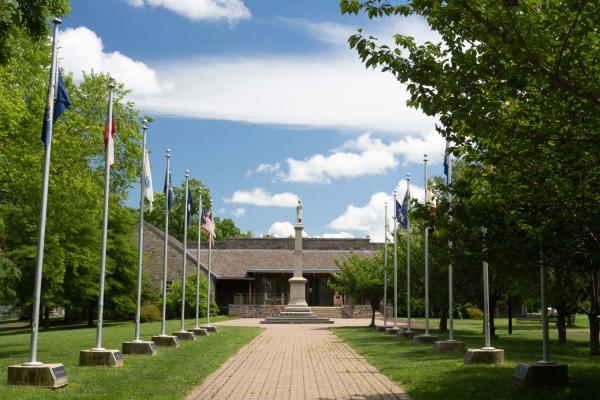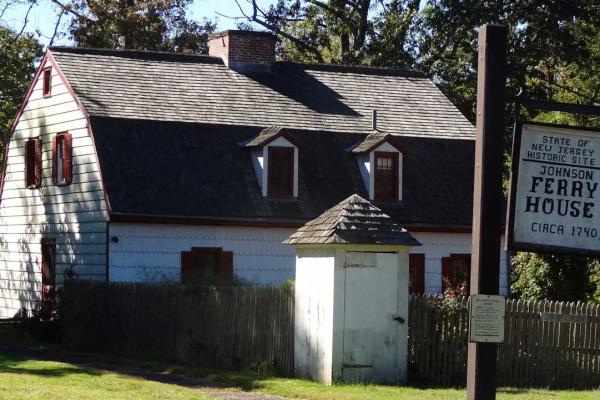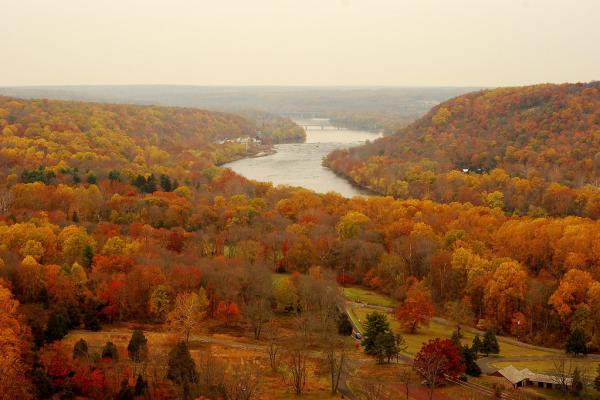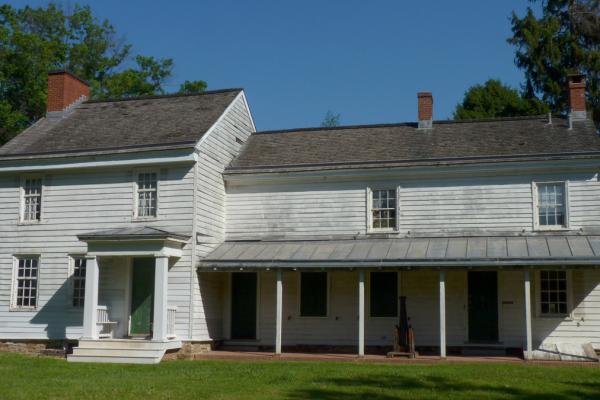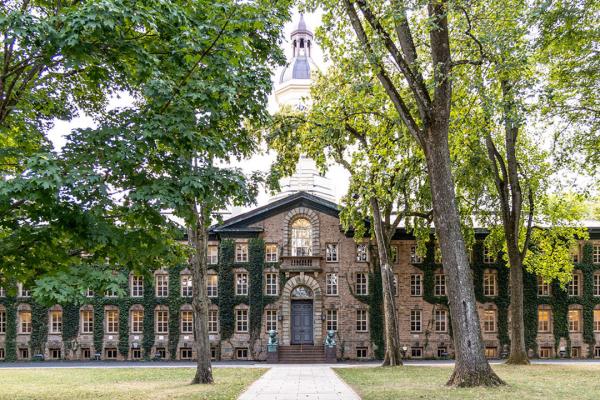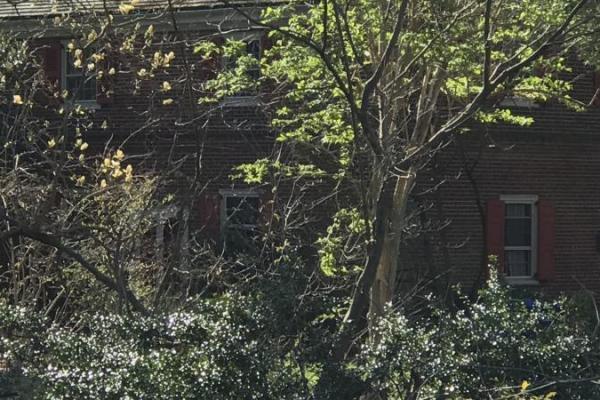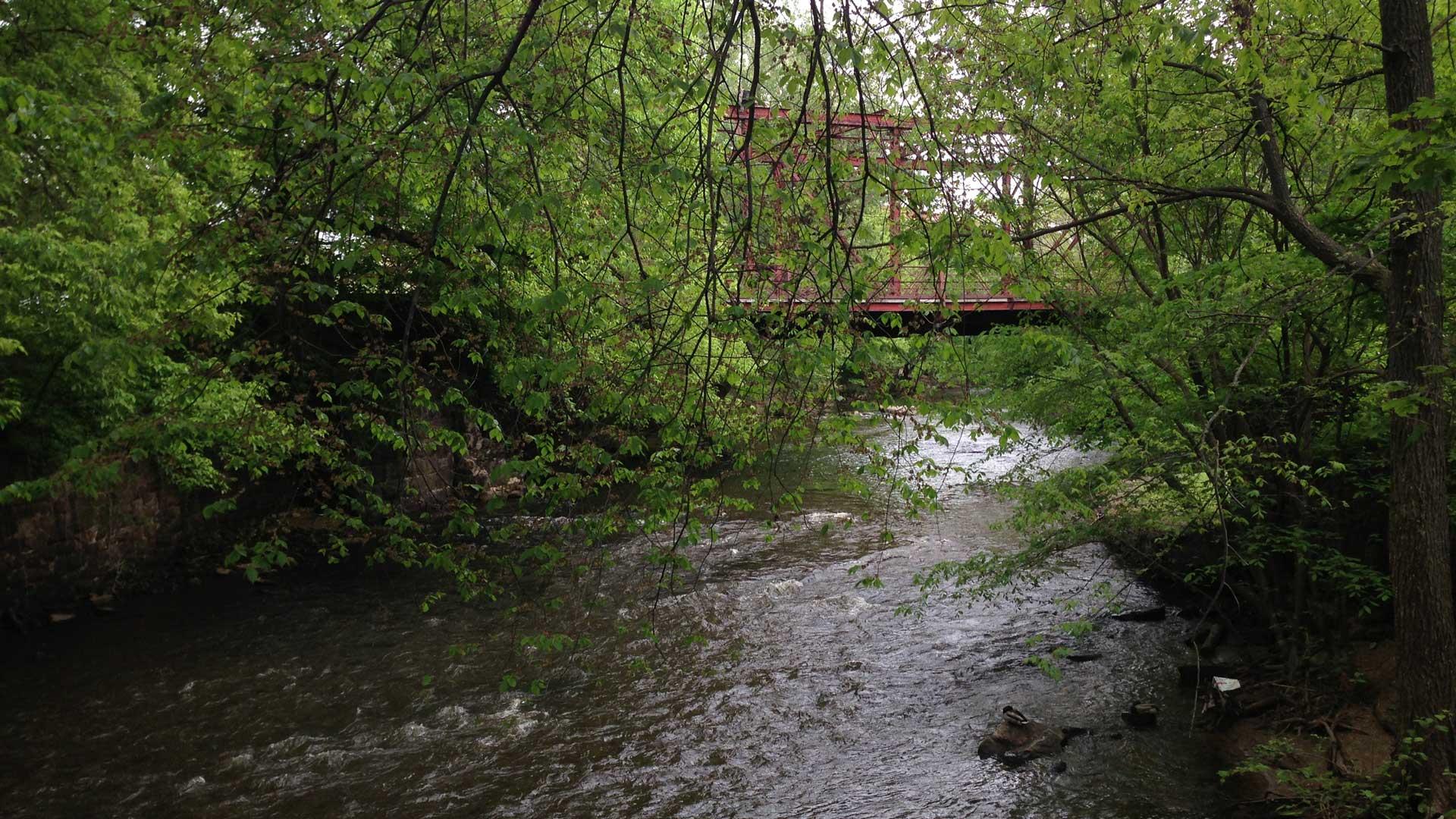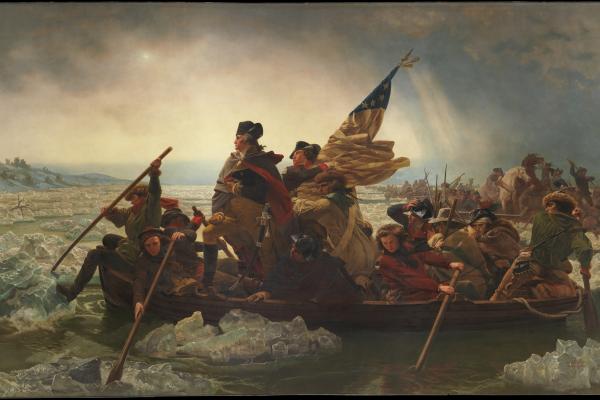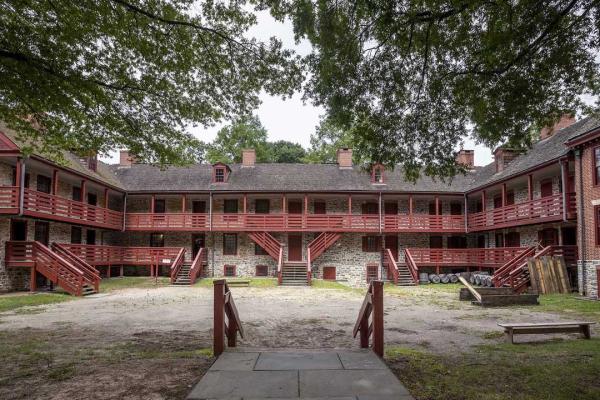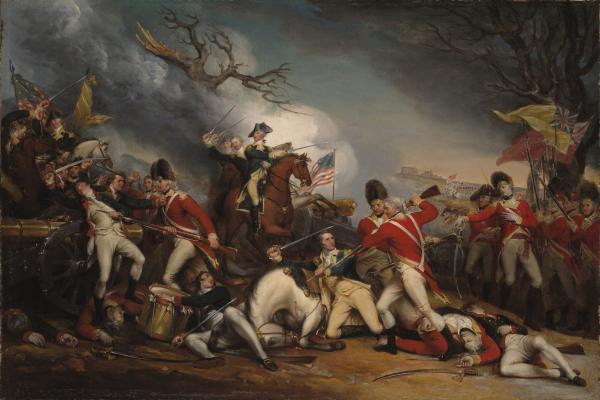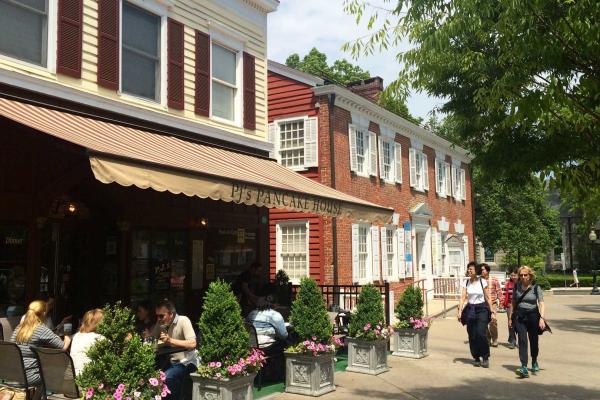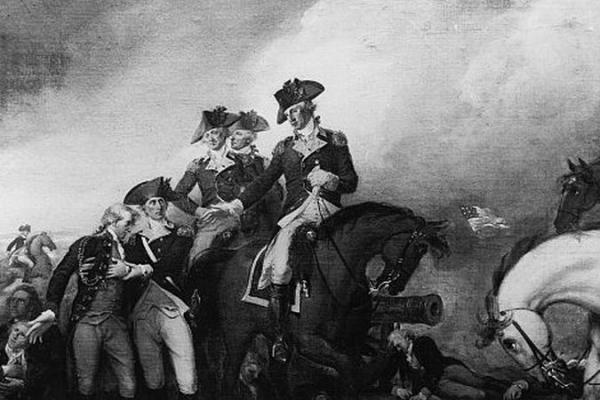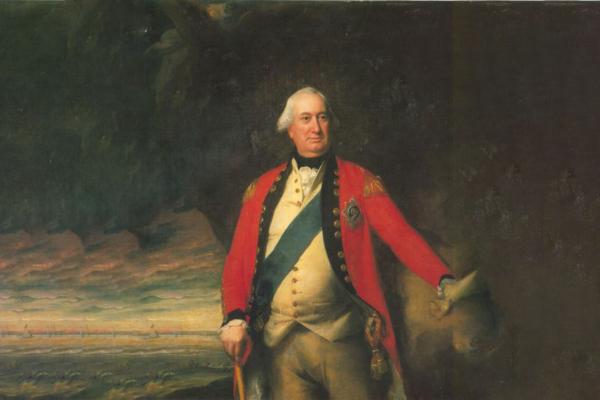After the stunning victory at Trenton on December 26, George Washington anticipated a British counterattack and withdrew to the Pennsylvania side of the Delaware River. With many militia enlistments about to expire, he pleaded with his men to stay a little longer. Most were unmoved until funds secured by Robert Morris reached the troops, persuading some to remain. What remained of Washington’s army then took up a defensive position along Assunpink Creek in Trenton.
Expecting the British to advance along the main highway, Washington placed a delaying force between Trenton and Princeton under General Matthias Alexis Roche de Fermoy. However, de Fermoy abandoned his command in a drunken state, leaving Col. Edward Hand in charge. Hand’s riflemen engaged the advancing British and Hessian troops, sparking a running battle along the Trenton-Princeton Road.
By 3 p.m., Cornwallis had driven the Continentals back to Trenton’s outskirts, where a fierce fight broke out. Hand’s men, firing from houses, gradually retreated toward the Assunpink Creek Bridge. To inspire his troops, Washington positioned himself beside the bridge’s southern approach, calmly watching as his men crossed under heavy musket and cannon fire. He did not move until they were safely across.
As night fell on January 2, Cornwallis faced a choice: storm the bridge or delay the attack until morning. He launched three assaults, each repulsed with heavy losses. Once again, Washington had outmaneuvered the British. However, the Continental Army remained trapped between the river and enemy forces. Confident of victory, Cornwallis rested for the night, unaware that Washington, unwilling to gamble on another direct fight, slipped away undetected, evading the British yet again.
What's Nearby
Explore more of The Liberty Trail by visiting these nearby attractions.
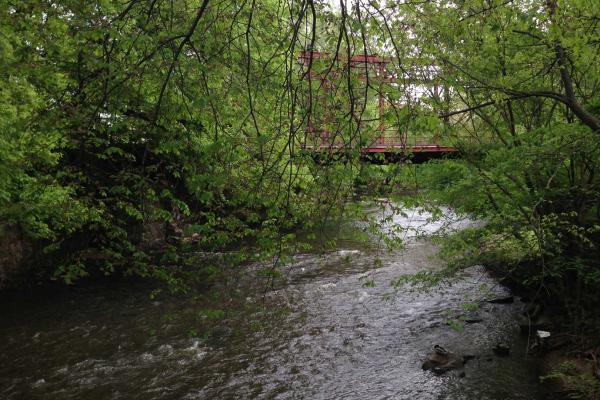
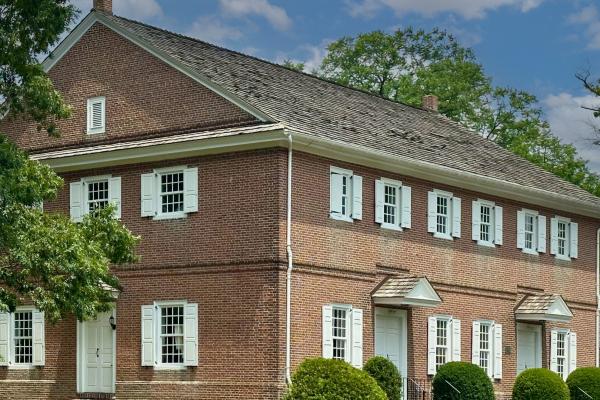
Crosswicks, NJ 08515
